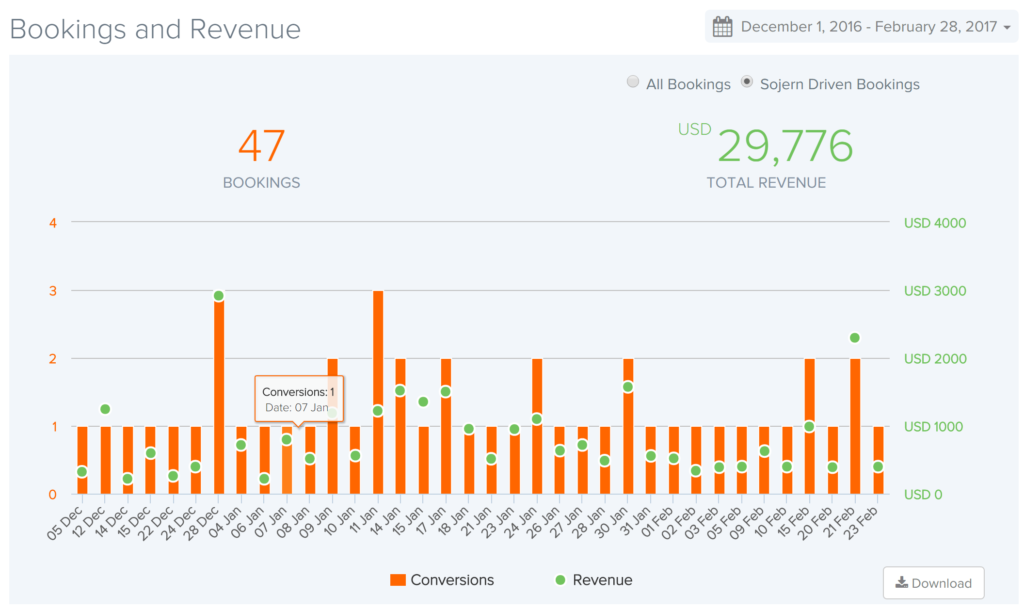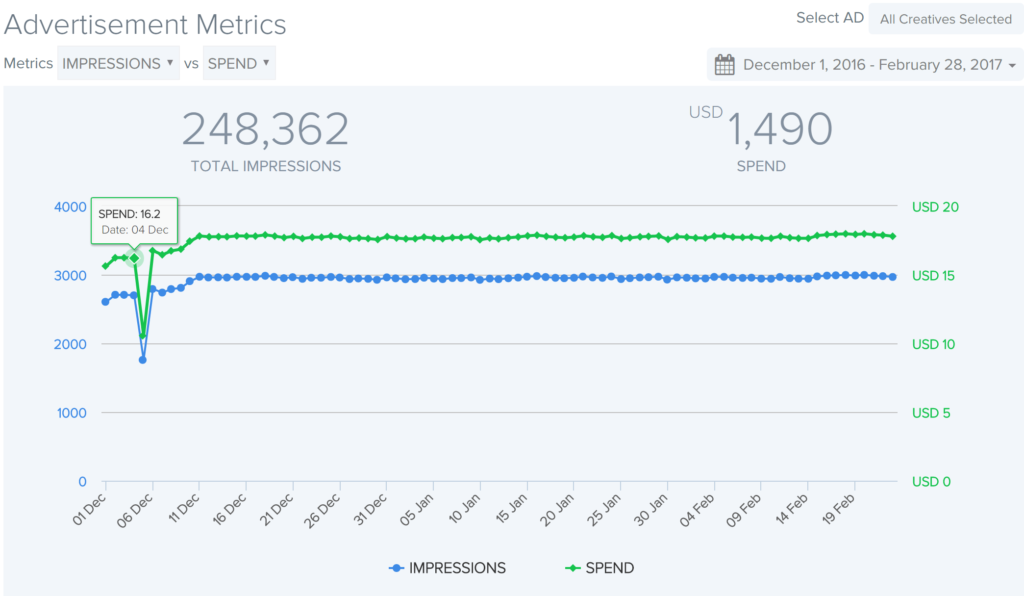Even though programmatic advertising has been around for a while, it seems like over the past few months it has taken a more prominent role when it comes to marketing your business or products online. The problem is that “programmatic advertising” is also becoming a “buzz word” that a lot of people are using without really knowing what it really means. So, let’s start with the basics.
What Is Programmatic Advertising?
Programmatic advertising helps automate the decision-making process of media buying by targeting specific audiences and demographics. Programmatic ads are placed using artificial intelligence (AI) and real-time bidding (RTB) for online display, social media advertising, mobile and video campaigns, and is expanding to traditional TV advertising marketplaces.
What does that REALLY mean?
Here’s a practical example that will make it easier to understand. Let’s assume that a potential customer visits a website with a spot on the side for banner ad (impression). While the page is loading, the website sends a request to an ad exchange to fill this ad spot. The ad exchange instantly alerts bidders with basic user and site details. The bidders respond with their ad creative (your banner) and bids based on the value of the ad exposure. The exchange then selects the highest bidder and displays the winning bid’s advertisement to the website viewer. All of this takes place instantly, without the delay of human interaction and while the web page is loading.
I bolded ad exchange above because it is important to understand what they are too. In just a few words, an ad exchange is a digital marketplace that enables advertisers and publishers to buy and sell advertising space, often through real-time auctions (also known as Real Time Bidding or RTB). They’re most often used to sell display (banners), video and mobile ad inventory. Examples of ad exchanges are Google’s DoubleClick, Facebook Exchange (FBX), OpenX and several others.
How Can Your Business Target Customers with Programmatic Advertising?
The other section that I highlighted above is the fact that the ad exchange informs bidders with basic user (website visitor) and website (content) information. This is important because it allows advertisers to target specific demographic groups to increase their ROI.
For example, let’s say that an upscale hotel is trying to target high-income travelers. In this case, when a business traveler who enjoys first class flights and luxury rental cars visits a third-party website, you want this person to see your ad so they can purchase a suite. Your bid skews higher as the profile fits your demographic perfectly and your VIP advertisement is on hand to be shown- i.e. luxurious suite, Platinum level perks, etc.
The ad exchanges and webpages know so much about the website visitors through Tracking Cookies. (also referred to as tracking pixels). Browsing activity is tracked and stored in huge data banks (not with your exact information) that advertisers can buy and combine with additional data from multiple other websites to create profiles and target searchers with better advertising. The result: a higher ROI.
So, yes, programmatic advertising, when executed, correctly, can provide a significant boost to your online campaign that goes beyond looking only at impressions and clicks. Here are a few facts to consider.
- Programmatic advertising spend will continue to increase. According to eMarketer 2015 saw a spend over $15 billion and 2016 can grew to $20 billion, especially, with the growth in mobile advertising.
- As the trend grows, advertisers are now utilizing primarily dynamic banner ads, that is, banners that allow different messaging and colors to be tested out to select the best responding ad for viewers.
- Videos will begin to be heavily implemented in programmatic ads, an extension of the massive video trend.
- With the increase in the number of TV shows now being streamed online, leading streaming content companies like Hulu are now allowing programmatic advertising, the big networks are already jumping aboard.
- Targeting and tracking is only going to improve with cross device targeting. At MGR, we currently use hospitality specific companies like Adara and Sojern, for programmatic advertising. If you still have any doubts in your mind about the power of AI and are still using a human to completed your media buying needs, you should take a look at the sample results below achieved through Sojern for a local Arizona resort in less than three months. With a mere $500/month investment, we were able to generate arounc $30K in direct bookings or approximately a 20:1 average ROI.
If you’re interested in adding a programmatic advertising campaign for your business, simple contact our team at MGR Consulting Group and we will recommend the best option for your particular situation as well as manage it for you once you get started. Thank you for reading. Until next time, this is Manuel Gil del Real (MGR)
Sources: DoubleClick.com, eMarketer.com, Sojern.com






